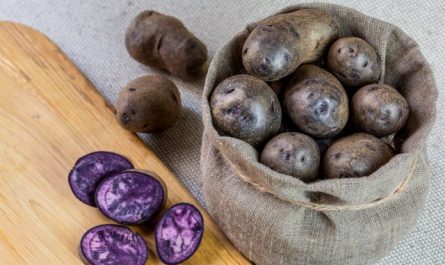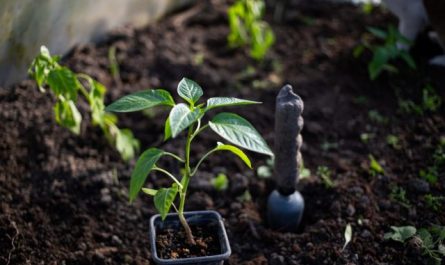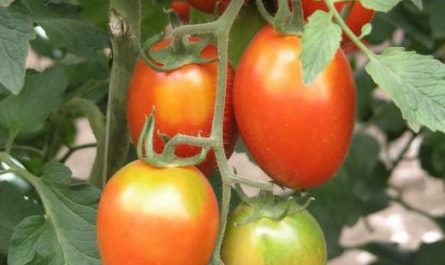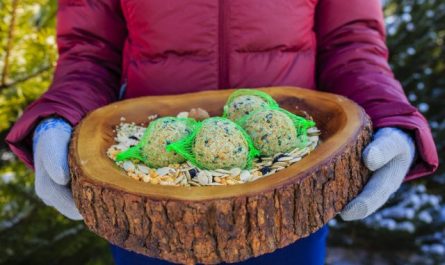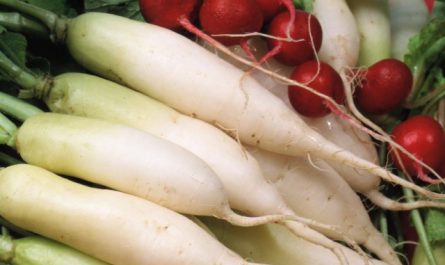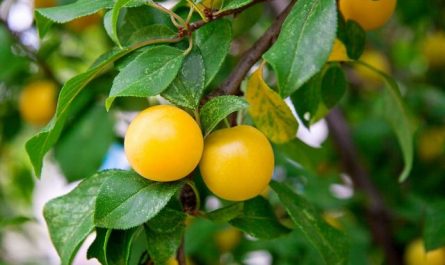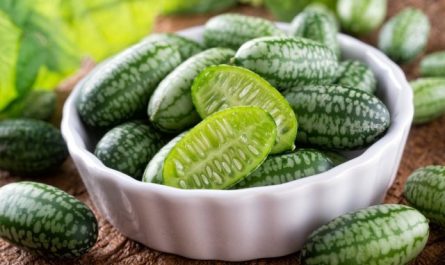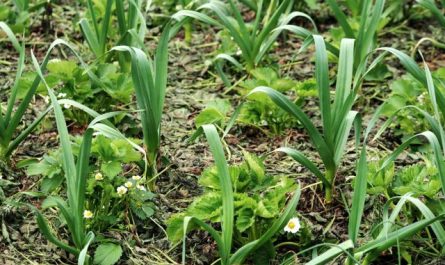It is a real pleasure when your efforts are rewarded with delicious home-grown vegetables after long work in the garden. July is the month when you can finally start enjoying the fruits of your labor in the garden. This month is usually the time to start harvesting heat-loving crops. In this article, we will talk about which crops will please you with a harvest already at the beginning of July and how to harvest them correctly.

Harvesting at peak ripeness is important if you want to enjoy the most delicious and tender fruits. Pick summer vegetables when they are young. Check the harvest daily. If possible, eat summer vegetables the same day they are picked.
Note: You can keep records of your plantings and mark the start of harvest for each crop on the calendar. Accordingly, you can plan your harvest for the following year. However, it is worth considering that cool or rainy weather during the growing season can delay the harvest by a week or two.
At the beginning of July, the first harvests of early cabbage, zucchini, early tomatoes and many other vegetables may already be ready. Let’s talk about them in more detail.
What can be collected in July?
Peas. If sown very early, peas are ready for harvesting as early as June. But if sown in May, the peak of fruiting occurs in July. It is important to water peas regularly during the fruiting period, then they are less susceptible to diseases and better withstand the summer heat. If the weather in your region becomes cool after about 70 days, you can sow peas for a second harvest.

Courgettes. If you sow under cover in early May, you can harvest your first zucchini in early July. If the weather is damp and warm, they will quickly increase in size, so harvest more often. Young zucchini do not need to have their skin cut off when used for cooking.

cucumbers, home-grown cucumbers should be picked slightly smaller than those found in the market. They are best picked when green, firm, and medium-sized. Small fruits are crisper and less porous than mature ones. Never allow cucumbers to fully ripen on the plant. If cucumber fruits ripen on the bush, the plant slows down or stops setting new fruits. It is better to collect cucumbers that you cannot use and compost them than to allow them to ripen. Bitter-tasting cucumbers are the result of either uneven watering (keep the soil slightly moist at all times and mulch to slow down evaporation) or sudden temperature fluctuations. There are varieties that are not prone to producing bitter fruits.

Tomatoes. Tomatoes can be harvested in early June with early sowing and planting in a greenhouse. There are also early-ripening varieties. For example, in the first half of July, my tomatoes of the varieties “Katya”, “Iyunsky”, “Mongolsky dwarf” and “42 days” ripen.
Cherry tomatoes should be picked when the fruit is at its most vibrant color. As tempting as it may be to pick them and eat them when they first start to change color, they taste better if you give them a few more days. A sign of a ripe tomato is that it separates easily from the stem.
Pick large tomatoes when the base of the fruit is deep red and the shoulders around the stem are slightly lighter. This should give you a couple of days to store them and eat them. If you leave them on the vine too long, they will become overly soft. Picking tomatoes when they are very ripe will make them difficult to cut and will need to be eaten immediately.

Pepper. Early-ripening peppers often reach technical maturity in early July and can already be eaten. Pepper fruits have different pigmentation and in the technical maturity phase are white, brown, green or purple, and then ripen to the colors according to the variety.
You can harvest peppers at any stage of development. If you want to harvest green peppers, just wait until they reach the size you want.
Peppers “Jimmy Nardello”, “Alma Paprika” and “Python” reach biological maturity in late June-early June even in open ground (when sown in early March), so I plant these varieties every year for an early harvest.

Hot peppers can be picked at any time – any size and color – for fresh use; hot peppers for drying or pickling should be picked fully ripe.

New potatoes can be dug in early to mid-June. When potato plants flower, this is a sign that they are starting to form tubers underground. Wait at least 2 weeks after flowering begins before digging in the first tubers. At this stage, the potatoes will be small and thin-skinned. The tubers will be tender and tasty, but will not keep for more than a few weeks.

Salad and Chinese cabbage There are two ways to harvest: you can wait until the head is formed, which is similar in size to the one you saw in the store or at the market. At this point, the heads are cut off above the soil level. You can also cut the leaves gradually and the plants will continue to grow more foliage. It is important to water the plant well after harvesting to stimulate regrowth and reduce stress. However, sooner or later it will become too hot and the plant will bloom. You can postpone bolting for a while, cutting off the emerging flower stalks, but at some point the taste of the greens will not be so pleasant. If you allow the lettuce to set seed, it produces very good self-sowing for an early harvest, although you will find rosettes in the most unexpected places next spring.

Chard. Harvest the largest leaves whenever you need them. Leave the smaller leaves to continue growing. For plants like chard and kale, it’s especially important to harvest leaves from the outside of the plant to encourage more growth. These crops are biennials, so the plants will produce seeds in the second year, but their foliage will be weak and unsuitable for culinary use. If you keep the plants happy and well-watered, they should produce all summer long, and into the fall and early winter.

Basil deserves a special mention, as people often want it to grow into a large bushy plant. To achieve this, when harvesting early, cut the main stem just above the place where two side shoots branch in opposite directions. These shoots will then become the main stems. At the next harvest, cut them back partially. In this way, you will again and again double the number of main growing stems, making the plant thicker and bushier.

Why is it important to harvest regularly in July?
Harvest to stimulate new growth
I make it a point to go out into the garden at least once a week to pick herbs. For leafy greens, it’s important to pick mature stems or leaves to encourage more growth. The more you cut, the more new leaves and stems develop, plus you give them more access to air flow, sunlight, and nutrients, which all improve growth.
Harvest no more than a third of the plant at a time to ensure it has enough leaves to continue growing.
It is equally important to harvest fruit plants regularly. Take peppers or squash, for example: allowing the fruit to grow too long will prevent the plant from producing new young peppers.
Harvest to reduce stress on the plant
Cut off any leaves that don’t look so good. This, again, will force the plant to focus its energy on forming new leaves.
Harvest to give plants the space they need
If you use the combination planting method, harvesting gives you the opportunity to clean up your beds and make sure you give each plant the space it needs to thrive. This way, the plants get more of their vital resources.



